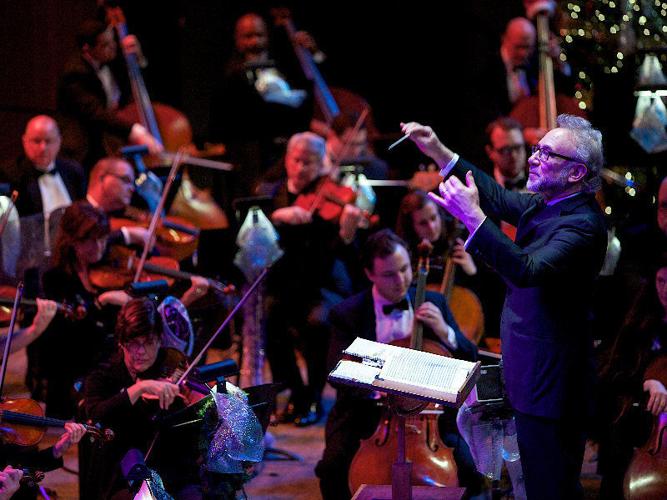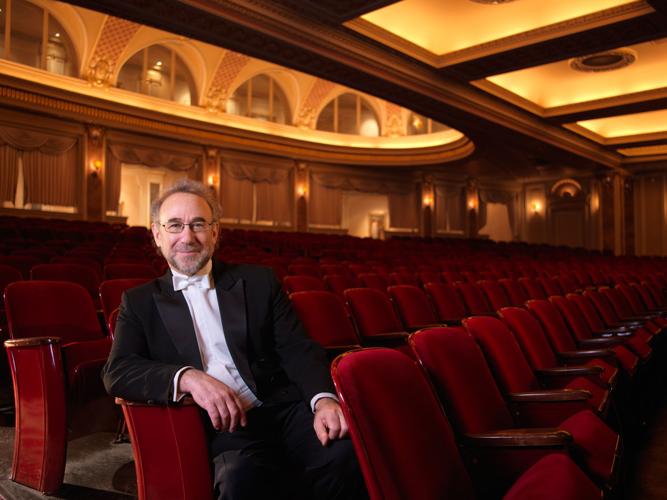Conductor Bob Bernhardt is pretty sure there won’t be many in the Tucson Symphony Orchestra audience this weekend who have seen the 1967 Swedish film “Elvira Madigan.”
“Have you seen it? Neither have I,” he said with a chuckle during a phone call from Tennessee to talk about this weekend’s “Lights! Camera! Pops!” concerts he will lead to open the TSO’s SuperPops series. “Everybody knows (Mozart’s) 21st Concerto, but I think maybe five people in the audience will have seen the movie.”
The 21st Concerto, in fact, has often been nicknamed the “Elvira Madigan” because of its association to the 51-year-old movie — even though Mozart composed it centuries earlier, in 1785.
In fact, many, if not most, of the movies represented on Bernhardt’s program will be head-scratchers — “Captain Blood,” for example, didn’t exactly win any awards when it was released in 1935 and no one has rushed to remake it in the 80-plus years since, “But almost everyone will know this music from their melodies,” said Bernhardt, who makes his first TSO appearance in several years.
Bernhardt, who led the TSO for nine seasons in the late 1980s to mid ’90s and returned every year over the 20 that followed, programmed “Lights” with the idea of “film music that became classic and classical music used in films.”
The program traverses film history from Erich Wolfgang Korngold’s overture to “Captain Blood” to Max Steiner’s “Tara’s Theme” from “Gone With the Wind” and John Williams’ “The Force Awakens” Suite from the 2015 installment of the “Star Wars” franchise. Bernhardt also mixed in some “Star Trek” (Michael Giacchino’s “Into Darkness” and more “Star Wars” themes including “Jyn Erso and Hope Suite” from 2016’s “Rogue One: A Star Wars Story”).
The conductor, who has made Tennessee his home for years, hopes we find ourselves remembering where we were and how we felt when we first saw the movies and heard the music.
“The idea is to be able to talk about how this music can lead us to the moments we sat in the theatre and saw the films,” he said. “There’s a visceral connection between the music and the visual.”
Bernhardt experiences a similar visceral reaction whenever he comes to Tucson.
“There’s a certain sense of coming home when I come to Tucson. There are still members of the orchestra who were there when I was with the orchestra,” he said. “It brings back a lot of wonderful memories.”
“Every time I’m there I’m reminded a lot of how much I loved living there. That right there is a beautiful thing,” he added. “I’ve gone back at least 20 times since I was music director and every time it’s been welcoming and happy.”





